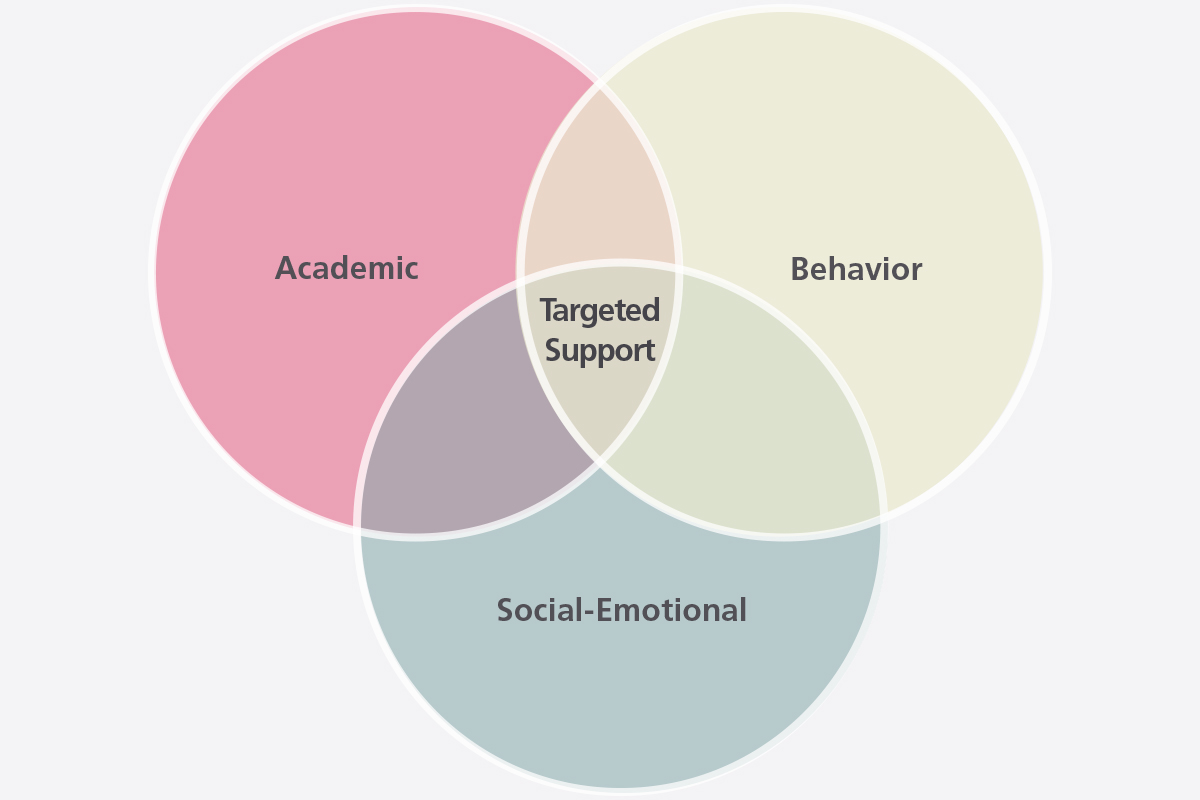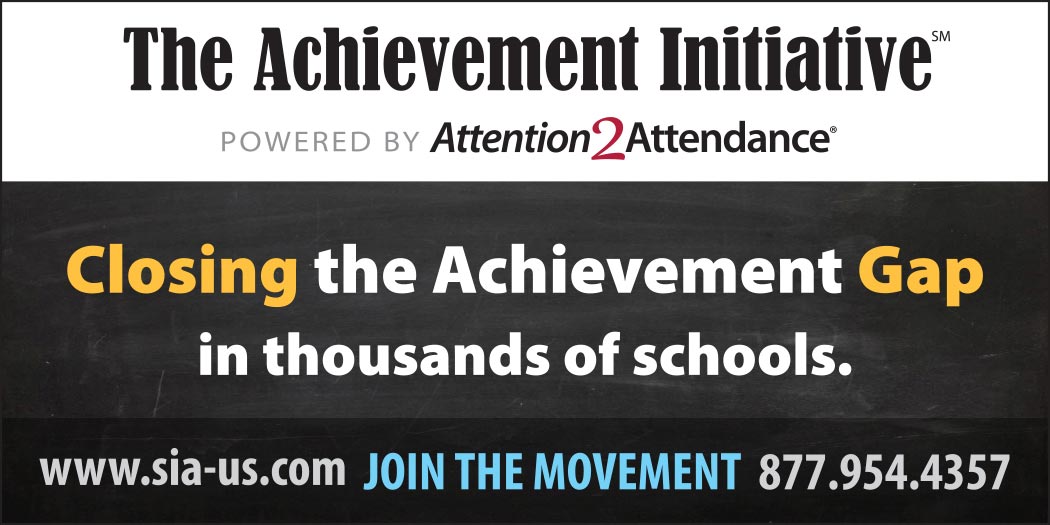

More information is available at www.csba.org/ballotinitiatives.
CSBA opposes Proposition 5, which would make substantial changes to a property tax rate transfer provision that was enacted in 1978 by Proposition 13 — changes that would severely impact local school funding, particularly for basic aid school districts and county offices of education.
Proposition 13 currently allows homeowners aged 55 or older or severely disabled homeowners to transfer their property tax assessment to a new home of equal or lesser value — a provision that can be used only once in a homeowner’s lifetime, and is typically limited to a new residence within the same county, unless the homeowner’s new county of residence approves the transfer. The intent of the original law was to allow this category of homeowners to “downsize” their home without a tax penalty.
- Visit www.csba.org/Newsroom for links to digital versions of current and past issues of California School News.

CSBA’s Education Legal Alliance, on behalf of school districts and county offices of education throughout the state, is fighting for Full and Fair Funding for all students. Over the past five decades, California’s level of school funding has dropped from one of the highest in the country to one of the lowest. California ranks in the bottom 10 states in per-pupil funding, falling behind the national average by thousands of dollars per student when adjusting for cost of living. Even with the fifth largest economy in the world, California continues to fail to fully and fairly fund its public education system.

- AB 1825 proposes to change Prop 98 minimum funding guarantee for schools
- CSBA files lawsuit against the state to prevent this manipulation of California’s constitutional funding guarantee
Pushing for full and fair funding also means ensuring California does not lower its already inadequate funding for schools. On Aug. 10, CSBA’s Education Legal Alliance filed a lawsuit challenging provisions of the budget trailer bill, Assembly Bill 1825, that allow the state to manipulate Proposition 98, the constitutional formula that determines the minimum guarantee amount of funding California’s public schools receive from the state.

Troy Flint | tflint@csba.org
Managing Editor:
Kimberly Sellery | ksellery@csba.org
Marketing Director:
Serina Pruitt | spruitt@csba.org
Staff Writers and Contributors:
Hugh Biggar | hbiggar@csba.org
Aaron Davis | adavis@csba.org
Mike Ambrose | mambrose@csba.org
Graphic Design Manager:
Kerry Macklin | kmacklin@csba.org
Senior Graphic Designer:
Carmen Rodriguez | crodriguez@csba.org
Mike Walsh | Butte COE
President-elect:
Emma Turner | La Mesa-Spring Valley SD
Vice President:
Xilonin Cruz-Gonzalez | Azusa USD
Immediate Past President:
Susan Henry | Huntington Beach Union HSD
CEO & Executive Director:
Vernon M. Billy
News and feature items submitted for publication are edited for style and space as necessary.


When we talk about Full and Fair Funding for California’s public schools, we often look at the big picture — per-pupil funding levels. That’s natural, since California ranks just 41st nationally in the funding it provides the state’s public school students. This hinders districts and county offices of education in our quest to provide all students with a high-quality education and prepare every graduate for success in college, career and civic life.
Yet, while California’s dismal per-pupil funding levels underscore the state’s lack of investment in public schools, they don’t tell the entire story. There are many other ways in which the state shortchanges students of needed resources, and some of them go unnoticed in the mainstream media. Fortunately, CSBA consistently highlights the need for Full and Fair Funding and, last month, our advocacy raised the public profile of two important aspects of school funding.
On Tuesday, Aug. 14, readers across the state woke up to an open letter co-written by me and CSBA CEO & Executive Director Vernon M. Billy. In the letter, we call on the next governor to immediately release the $7 billion in voter-approved funds for K-12 school facilities. The letter, which appeared in the Los Angeles Times, Sacramento Bee, San Diego Union-Tribune and the Bay Area Newspaper Group papers, including the East Bay Times, Marin Independent Journal, and the San Jose Mercury News, was accompanied by an article on the same topic in the San Francisco Chronicle. In that article, CSBA delegate and Fremont Unified School District board member Ann Crosbie captured my sentiments when she said, “I think it’s very disturbing to put it to a vote and then refuse to actually fund it. We can try to go through the courts about it, but how long is that going to take? The students are here now.”

As California students head back to school this fall, many will, unfortunately, return to inadequate school facilities. Help should be on the way but bureaucracy has intervened. In 2016, California voters approved $7 billion in facility bond funds to repair, upgrade and modernize California schools. Two years later, the state is holding on to those funds — against the will of the voters — instead of releasing the money so it can be used to improve school environments and optimize student learning.

- CSBA calls on future governor to honor voters’ will in Proposition 51
- Voters approved $7 billion for K-12 school facilities projects in 2016
- Just 20 percent of those funds have been released, despite a backlog of more than $3.5 billion in approved school construction and modernization projects
On Tuesday, Aug. 14, CSBA placed an open letter to California’s gubernatorial candidates in the Los Angeles Times, Sacramento Bee, San Diego Union-Tribune and the Bay Area Newspaper Group papers including the East Bay Times, Marin Independent Journal and San Jose Mercury News asking them to release the full $7 billion in school facilities funds when they take office so schools can better meet the needs of California’s students.

- Local educational agencies can use the CDE’s DataQuest to access detailed chronic absence data
- Accurate data allows for targeted planning and implementation of effective strategies to improve student achievement and close opportunity gaps
Chronic absenteeism is defined as missing 10 percent or more of school days — or just two absences a month when spread over the school year — and includes both excused and unexcused absences. Such absenteeism is a top indicator of how well a child will perform academically while they are in school. A National Center for Children in Poverty analysis of chronically absent kindergarten students revealed lower subsequent academic performance in first grade than their peers, with reading scores for Latino children the most affected. Among low-income children who often lack the resources to make up for time missed, chronic kindergarten absences translated into lower achievement in fifth grade. Several state-specific studies have reinforced that chronic absenteeism is one of the earliest indicators for academic failure. By the sixth grade, chronic absences are one of the primary indicators that student will drop out of high school. By ninth grade, missing 20 percent or more of school days is a better indicator of whether a student will drop out than eighth-grade test scores.

Latino achievement in California’s schools
Beginning in mid-September, National Hispanic Heritage Month celebrates Latino and Hispanic achievements and contributions to American culture.
Both groups have had a long presence in California, dating to the days it was a Spanish territory known as Alta California, and continue to be critical to the state’s prosperity and culture. California’s K-12 public schools are important to this process as they prepare Latino students for success in college, career and civic life. Below is snapshot of Latino student data and achievement in California
- Of the six million K-12 students who attend California public schools, just over half — 3,376,591 million (54 percent) — are Latino.
- Forty percent of school districts have a majority Latino student population —and half of these (198) have a concentration of 75 percent or more Latino students.
- Latino students are the most socio-economically disadvantaged ethnic student group in California — 80 percent of Latino students are socio-economically disadvantaged, compared to 31 percent of white students and 75 percent of African-American students.
- The majority of Latino students come from households where a language other than English is spoken at home, providing a useful bilingual advantage for college, career and an increasingly global world.
- English learners are a priority group under the Local Control Funding Formula, which provides supplemental funding to target extra supports for this group
governance
CSBA publications win national awards

CSBA was recently recognized with numerous Publications and Digital Media Awards by the National School Public Relations Association. NSPRA’s mission is to advance education through responsible public relations and communication that leads to success for all students.
The awards recognize outstanding education publications, marketing and informational materials and other communications outlets. The following publications were honored:
“Connecting to the future: The digital divide and computer science instruction in California,” explored the digital skills needed for student success in the 21st century, economic and infrastructure barriers to digital access experienced by students and suggestions for bridging the digital divide.

Using test results to target achievement gaps
The results of last school year’s Smarter Balanced Summative Assessments will be released soon. With thoughtful review and discussion, your board can gain a better understanding of the achievement gaps within your district and heighten district focus on closing them. A helpful way for school board members to review the Smarter Balanced results is by thinking about how these results can inform your district’s Local Control and Accountability Plan update in the spring and for other strategic decisions. It is also important to remember that these results are just one indicator of students’ progress.
Questions for the governing team to consider when reviewing the results:
- Which student group(s) have the largest achievement gap(s) in our district?
- How are Local Control Funding Formula funds being used to support our lowest-performing student groups?
- If gaps have narrowed or widened within our district, what additional information would help our governance team better understand why?
- Are there schools within our district that achieved better performance for similar student groups? How can we learn from what these schools have achieved?
- How can we use this information to inform our LCAP update in the spring? What additional information would we need to make strategic decisions?
- How can we share these results with the community in ways that will increase stakeholder engagement, involvement and support for student achievement efforts?
Board members should remember that educational data is just one tool available to governance teams, but when it is used effectively, it can help inform strategic decisions of the board. Assessments are also covered in the Student Learning and Achievement module, in CSBA’s Master in Governance Course 2. More information is also available at the Research and Policy Briefs page at www.csba.org.
It is also a time when districts and county offices of education are required to provide various notifications to students and their parents. Making sure notifications reach students’ homes keeps parents and guardians informed regarding educational programs, school operations and their children’s legal rights. “Reminding everyone of the rules and of their rights at the outset is a great way to ensure a smooth and successful school year,” said CSBA Senior Policy Consultant Diane Greene.
According to Greene, there are some 25–35 annual notifications that need to be sent out at the start of each academic year. The information can be provided by regular mail, in electronic form when requested by the parent or by any other method that the district /COE normally uses for written communication with parents. As a reminder, if 15 percent or more of the students enrolled in a school speak a single primary language other than English, notices sent to the parent of those students must be provided in both English and the primary language of the student.
While some notifications are familiar to districts and parents, several new notification requirements go into effect this school year:

- 25-35 annual notifications are required to be sent to parent and guardians at the start of the school year
- Three brand new notifications are required for the 2018–19 school year

resources
Commonly known as Title IX, the act aims to help prevent gender discrimination in American schools by requiring that school districts provide equal resources and opportunities for both male and female students. For athletics, this means that districts are responsible for ensuring equal resources and teams are available for each gender. Prior to the passage of the law, only 60 percent of California high schools offered female sports teams and there were just 35,000 participants; today there are roughly 330,000 female student-athletes in the state’s high schools. CSBA has recently partnered with the California Interscholastic Federation to release a new governance brief on Title IX. California Schools spoke with CSBA Education Policy Analyst Manuel Buenrostro about how school districts can ensure they are complying with Title IX requirements.
Title IX is about ensuring that male and female students are treated fairly. In regard to athletics, it is important for boards to consider the question: “Do male and female athletes and teams in our schools receive equal benefits?” Board members can play a key role in making sure that all students are treated fairly by asking the right questions and supporting policies and procedures within their schools that both meet the requirements of Title IX and advance the vision of access to equal opportunities.

- Title IX regulations guarantee equal gender rights to educational programs, activities, athletics, facilities and federal financial assistance
- Board members should set and review policies to ensure compliance with state and federal law, including data collection on students’ participation in competitive sports by gender and posting contact information for the LEA’s Title IX coordinator


The Butte and Orange counties offices of education have received a $15-million state grant to expand training for Multi-tiered Systems of Support — a series of gradual behavioral interventions based on an individual student’s academic, behavioral and social-emotional needs. Collaborating with UCLA’s Center for the Transformation of Schools, the two counties will create resources and curriculum and then train teachers and administrators statewide
Under the pilot program, the initiative will develop strategies to promote a positive school environment through improved student–teacher relationships, increased engagement with students and alternative discipline practices. These practices can include restorative justice, conflict resolution, anti-bullying campaigns and other techniques.
The effort comes as overall out-of-school suspensions have fallen by nearly half in California in recent years, although not for all student groups including students with disabilities, foster youth and students of color. According to the Center for the Transformation of Schools, “about 9.8 percent of all African American students, 7.4 percent of Native American students and 3.7 percent of Latino [students] were suspended from school during the 2016–17 school year.” Meanwhile, California Department of Education data shows that the suspension rates for white students was 3.2 percent.
The Brown Act
MIG Courses 1-5
MIG Courses 2 & 4
The Brown Act
MIG Courses 1-5
The Brown Act
MIG Course 5





